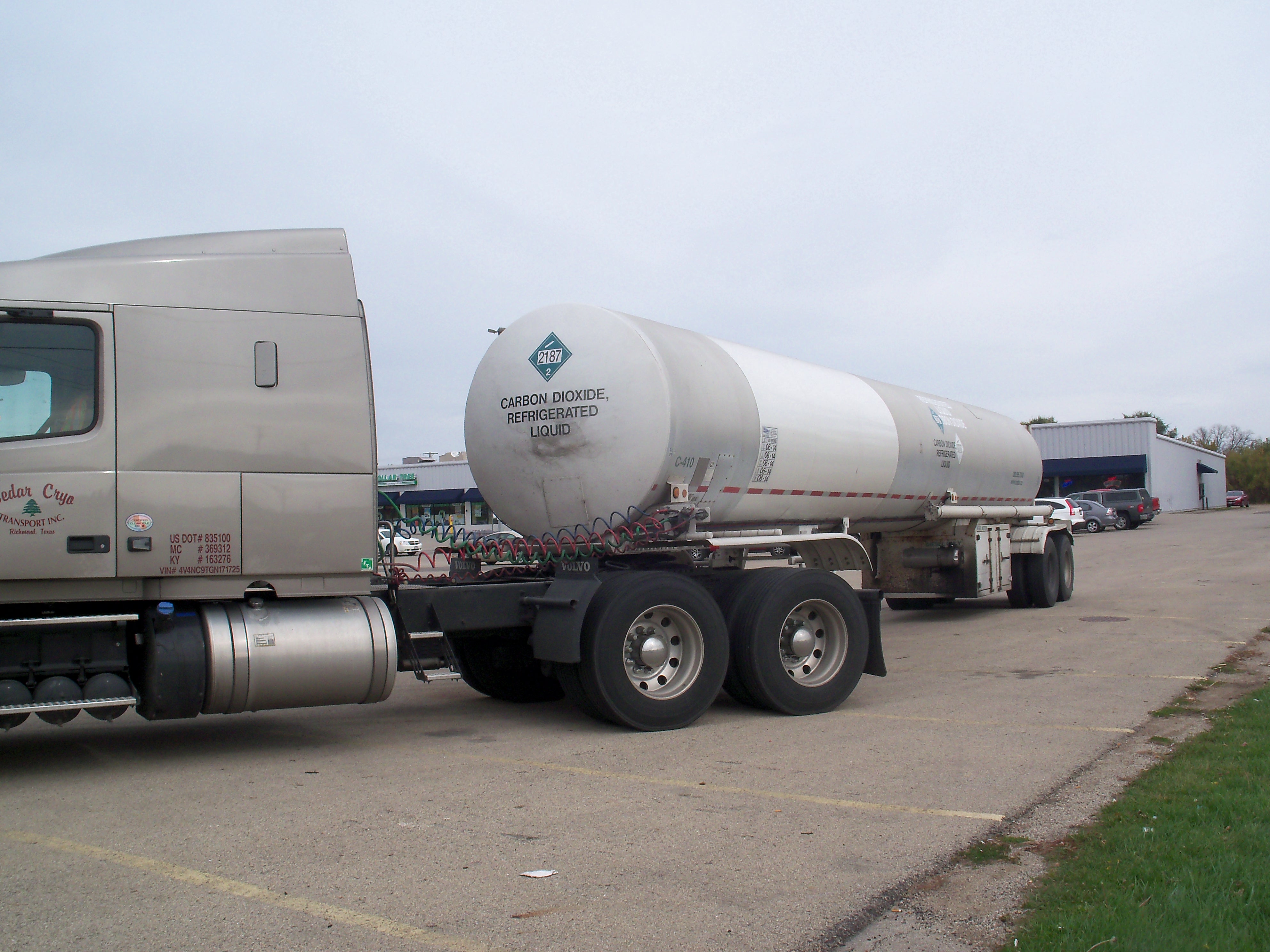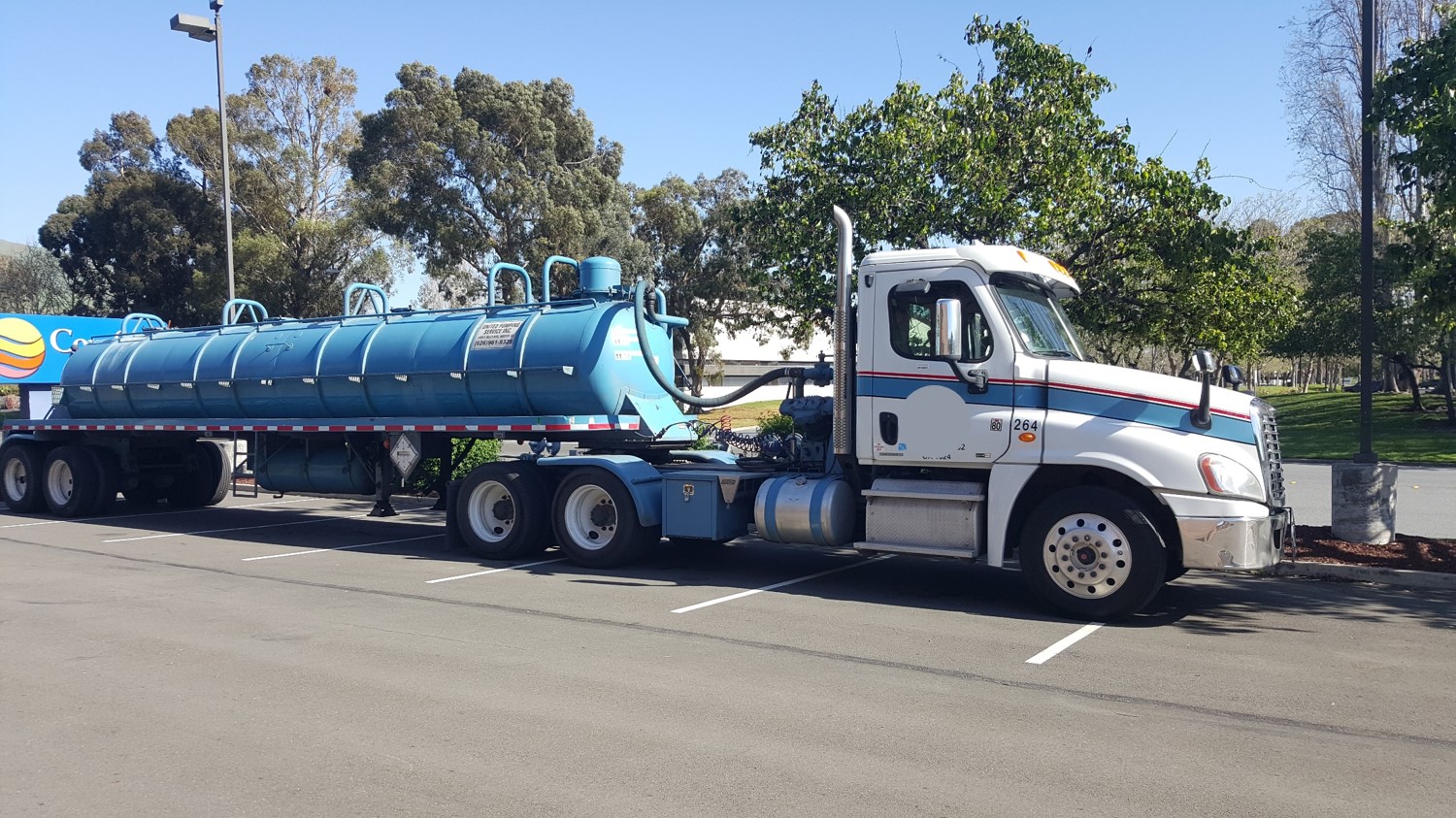A question, September 16, 2020:
Subject: placards
Message Body:
Sir: If i pick up a propane truck (26,000 lb) with a new tank on it from the factory and it has the sticky placards on it can i cover them up to transport the truck to the destination? I have a tank endorsement but no hazmat. thank you.
My reply that same day:
As long as the cargo tank does not contain any HazMat at all. Not even the residue of the HazMat. Not even vapors. If you open the cargo tank and smell nothing but that fresh factory smell, then yes, you must cover up or remove the placards during transportation.
If any residue of the HazMat remains – even just vapors – then transport must be as fully-regulated, including the HazMat Endorsement on the CDL.
I hope this helps.
Please read:
- Transport of Empty Packagings and the Need for HazMat Labels, Placards, Markings, &etc.
- “Emptying” a Hazardous Materials Packaging
- USDOT Requirements for the Shipment of Empty HazMat Packagings
Please contact me with any other questions.
Like this article? Subscribe to my Monthly Newsletter No marketing emails! |
He had one more question for me (09.21.20):
I have one more question for you if you don’t mind. Can a state superseded any hazmat laws? If so would you have any idea what the fine would be?Also would the drivers license would be impacted if he violates any hazmat laws? Thanks again for your help.
I had another reply:
Good questions. See below.
- The Hazardous Materials Regulations for HazMat transportation (including placards) are Federal. They are created by the Pipeline and Hazardous Materials Safety Administration within the US Department of Transportation (USDOT/PHMSA). States may not change them in any way, though a state may enforce the Federal regulations and issue state fines.
- The commercial driver’s license (CDL) is issued by the state with both Federal and state requirements. Federal authority is under the Federal Motor Carrier Safety Administration within the USDOT (USDOT/FMCSA).
- I don’t think – I am not entirely sure – violation of HazMat regulations will result in loss of CDL unless the violation is viewed to be criminal. The regulations of the FMCSA identify the ways a driver can lose their CDL and none of them are HazMat violations.
Other subjects related to HazMat and the CDL:
- Q&A: Is the HazMat Endorsement on the CDL required for transporting Elevated Temperature Material?
- What Information Must be on the Commercial Driver’s License (CDL)?
Daniels Training Services, Inc. 815.821.1550 |
That seemed to do it:
Thank you for the clarification.



